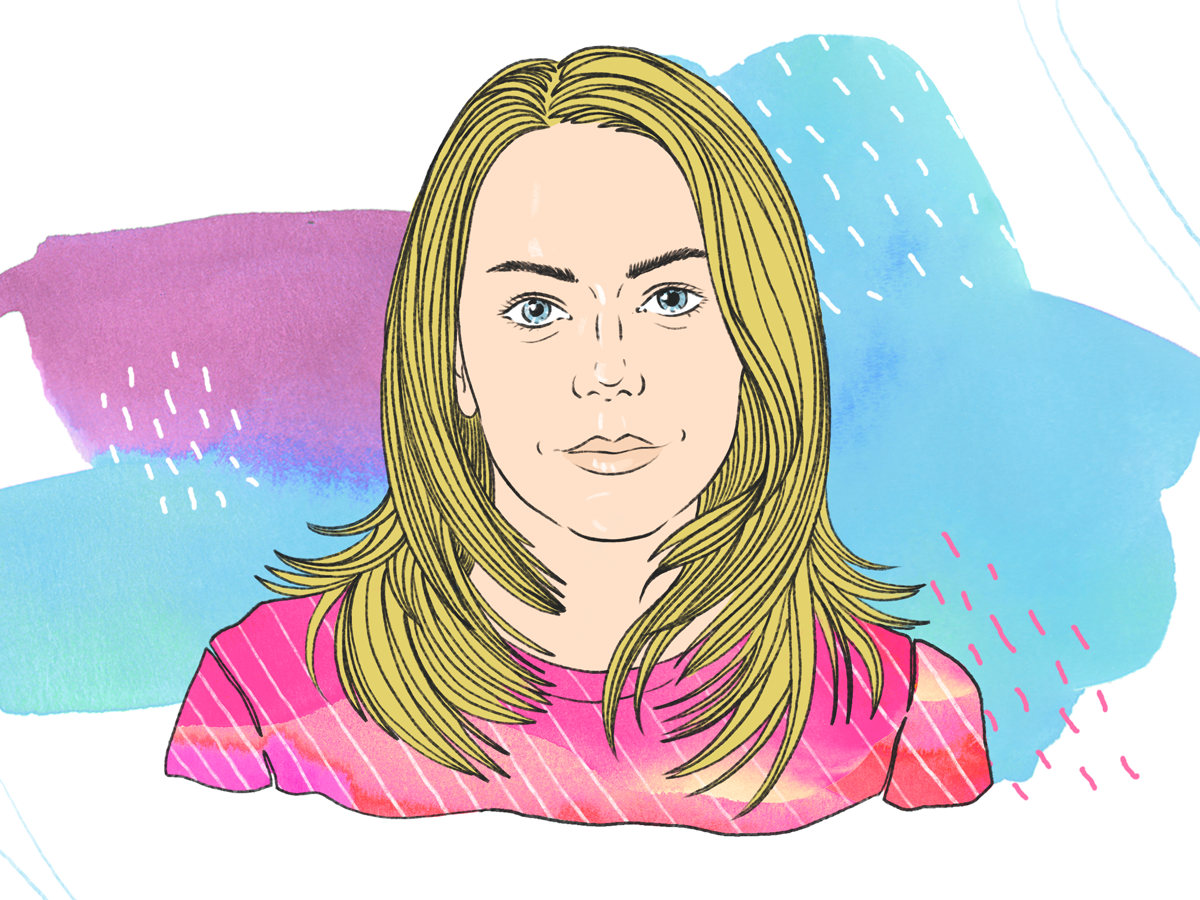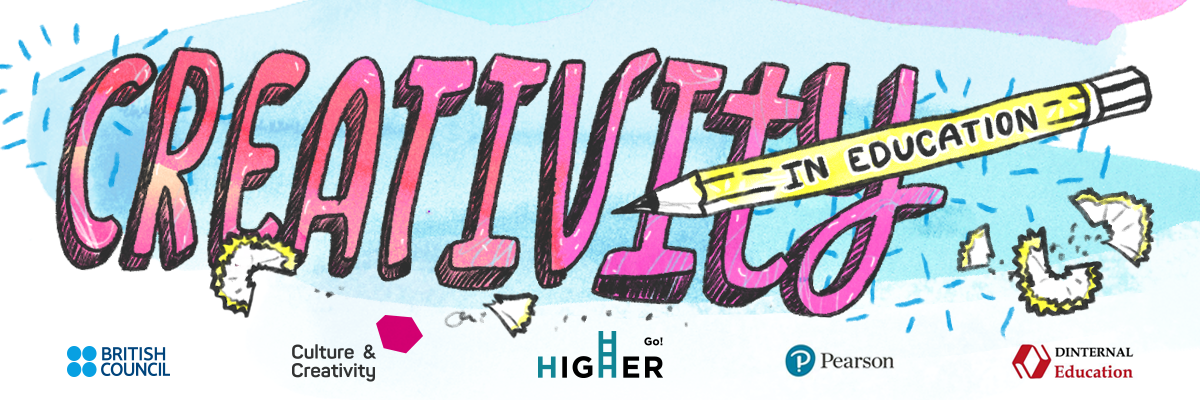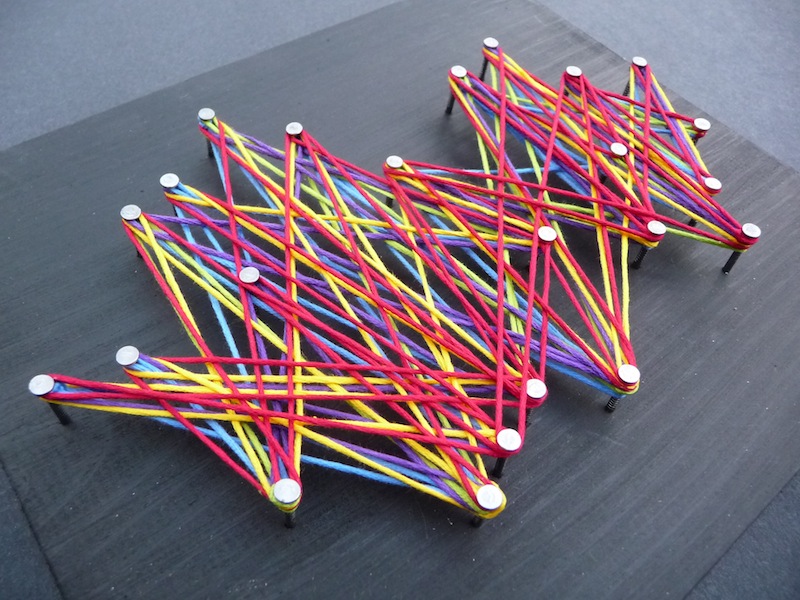
Anastasiya Nurzhynska: "Most successful spheres of economy have been and still will be related to creativity"
Nowadays it's not uncommon for teachers and students to switch places – modern youth has access to practically anything in terms of information, that is why for a teacher it's by far not enough to be just a vessel of knowledge, today he/she has a bit different set of goals:
• to find a way to sweep away your audience and keep it, keep their attention in the world of unstoppable flow of information and communications;
• to modernise the knowledge — it's not an option anymore to read the same course for a couple of years in a row, a teacher has to continuously update his/her materials with new examples, etc.;
• to streamline everything with the pressing market needs: we still feel a huge gap between our higher education and market demands. The reason for that being the knowledge received by a student either gets outdated by the time he/she graduates or it is strictly of a theoretical nature, meaning the student has no idea how to apply it in practice. 25% Ukrainian students claim that the present level of education is extremely low. This vision is supported by major employers as well. Statistically speaking, every 5th employer believes that the knowledge and qualification level of present graduates is certainly not high enough to meet the needs of their businesses.
To deliver against these goals a teacher vitally needs a creative approach to follow. Moreover, all the research and forecasts of the recent years prove that most successful spheres of economy have been and still will be related to creativity.
Why other teachers' experiences matter?
When I started teaching, I came in with purely practical knowledge base and was quick to understand that it's not enough to talk only about successful cases. Bottom line is that if I want to get results, to get connected with my students, I have to follow certain methodology in teaching them and study based on experience of other teachers, including those abroad.
Unfortunately, our teachers are seldom communicating between themselves outside their usual department framework. And it's a real shame as they have so much to share and learn so much from each other – as they share common challenges, like: lecture attendance, working with disabled students, conflict resolution etc. When we look what happens beyond Ukraine, we see colleagues attending lectures of each other, sharing their impressions and giving each other recommendations. Feedback is another big element of interaction between a teacher and students: annually students evaluate performance of their teachers and it is not uncommon for the number and composition of university academic staff to depend on these very evaluation results.
Our educational system is just at the beginning of a similar path. Just imagine: Ukraine has 657 functioning higher educational institutes with about 118 thousand academic staff; and only 6 universities out of those are in the 1000 global top university charts. This statistic speaks volumes, it indicates definite challenges and the need for systemic changes.
These changes need to be launched with, primarily, the capacity building for teachers.

How did the GoHigher community come to exist?
Actually, it was the initial idea of uniting teachers and equipping them with tools for development that became the foundation for a professional community "GoHigher", that we created with my colleague Nataliia Starynska from Kyiv-Mokhyla Academy.
Teaching is not the best paid job in the world. So in this case international projects, internships, grants and research opportunities become additional support and stimulus for self-development. That is what we are sharing with our teachers, provide them access to resources, opportunities to share their experience and grow professionally through learning best international practices and approaches.
First results and plans for the future
"GoHigher" was launched in February 2018. Since then we managed to create an online resource base with daily updates and micro courses (updates and new ones are still coming). We had a series of successful professional development events for teachers. By the way, 80% of attendees claimed that they are using the knowledge gained in their daily academic work. This is extraordinary, as academic staff of different ages from different departments decided to give it a try and indeed it worked out.
We are building up teachers' qualification capacities with new alternative methods, following the key competences our present day market demands from our educational system.
Additionally, in October together with the British Council in Ukraine, Pearson publishing house, one of the leaders on the market of educational literature, and an international educational centre Dinternal Education, we are launching a special project Creative Campus for teachers.
5 facts about creativity in education
-
According to Richard Florida, the key to creativity can be traced to Three T's formula of technology, talent and tolerance. According to this approach, higher educational institutions are forming the main creative capital of a region as they are ensuring at least two T's, for example talent and tolerance, or even all three T's.
-
Confirming to the World Economic Forum, by 2020 creativity will have turned into one of the most appreciated skills the employers value the best in their employees along with critical thinking and complex problem solving.
-
Adobe research covering 1000 educational institutions showed that 96% of respondents agree that creativity is a valuable skill for our society. 78% claim that creativity plays an important role in their career. 68% genuinely believe that creativity is something they were born with but they still suppose that you can learn to be creative; while 71% note that just like maths or physics one should have access to classes in creative thinking. Over 78% would like to be more creative and 32% do not feel comfortable tasked with creative assignments at work.
-
In line with the set of competences identified in 2017 by experts at the World Economic Forum in Davos, creative thinking is comfortably placed among top 5 competences for the next decade.
-
Creative class will form about 1/3 of the labour force in Ireland, Belgium, Australia, the Netherlands and approximately 1/4 in yet another 6 countries: New Zealand, Estonia, the United Kingdom, Canada, Finland and Iceland. The basis of a creative class will be made by scientists, engineers, architects, designers, teachers, artists, musicians and performing artists – meaning all those whose economy function will have to do with creating new ideas, technologies or new type of content. According to most of international research, the share of creative class has gone up by 40% if compared with the respective levels of 1990's.






